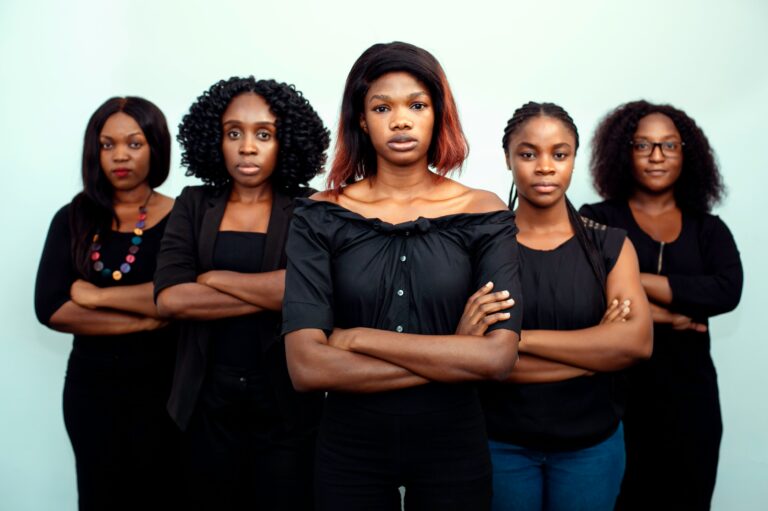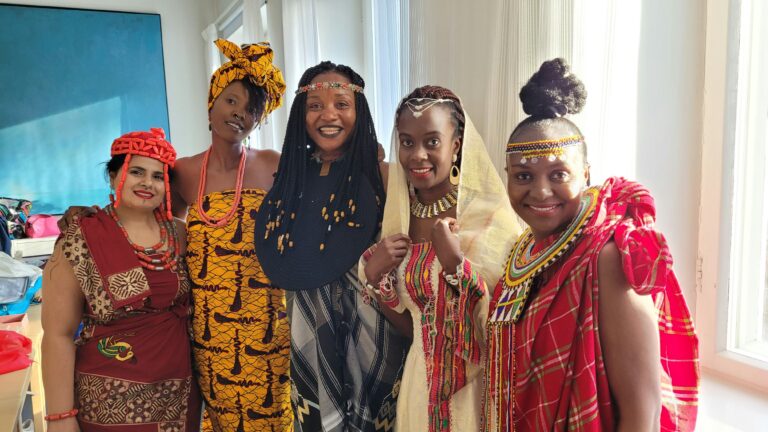
Photo by Greyson-Joralemon on Unsplash
A week ago, my little niece who is less than two years old was spending time with me during the holidays. Having her in the house took me back to the days when my kids were toddlers. At that stage of life, a lot of communication is through non-verbal cues because their vocabulary is limited. You spend time with them to understand how they communicate their needs. So there I was, running through my checklist when she cried out and I had to try to understand what it was she was “saying”. Was she uncomfortable? Was she anxious or hungry? Did she need to use the bathroom? Maybe she was coming down with something? After a couple of days, I could interpret her needs well enough. We seemed to have bonded.
Sometimes organizations struggle to communicate effectively. Communication requires both participants (the disperser of the information and the receiver) be able to understand the message being passed. I was at an event last week where the Chief Brand Officer of Uber, Bozoma Saint John, was being asked if Uber was misunderstood and she responded that while she believed the brand was understood, it is likely that their intentions were misunderstood (The Lounge; Conversations with Bozoma Saint John)
That response set off a train of questions for me. How can brands, using tools, best communicate the humane attributes of their brand? A lot of brands are attempting to do that using storytelling and social media. Is it possible to creatively communicate your core values using non-verbal communication? I believe it is necessary to endeavor to communicate the soft attributes of a brand without necessarily using words, spoken or written.
An impressive use of communication I witnessed recently was the “ TEDx Ajegunle Woman” event, organized by Funmi Adebajo in October 2017. Ajegunle is one of the ghetto parts of Lagos, Nigeria, riddled with people living below the poverty line. It is also a community in which I spent twenty-five years of my life growing up. When I was initially informed of the plans for the event, I struggled to picture how they could take a brand like TEDx, with all of its associated intellectual trappings, and share information with participants, some of whom were at best semi-literate. In the end, they got both the content and communication vehicle right. The event was held in “pidgin”, a vernacular derivative of English widely spoken in these areas and the topics chosen and speakers were very relevant to the audience. The excited participation of the audience members during the question-and-answer section was clear proof of this.
There are also cases where the content has been great but the medium of communication required more work. An instance is Google Maps, a wonderful tool I use a lot during my travels. However, I notice that in countries in West Africa where streets are named in native languages, the voice over becomes confusing when some words are read, in some cases sending me and the Uber driver in the wrong direction. When I drive, I am irritated to hear “Eko” (pronounced as “Eco” in English) being read as E.K.O., that is, calling out the alphabets individually rather than as one word.
While I understand that personalization could pose both technical and cost challenges, for an organization such as Google, having voice-overs using individuals more aware of the nuances of the pronunciation of words and places in certain areas would go further in communicating that Google puts its users first — wherever they may be — far more than any advert or corporate branding statement could hope to achieve. Brand communication is more effective when it encompasses customer-centric, non-verbal actions that align with the organization’s overall strategy.
The ultimate goal of every communication is to convey information —and the understanding of that information— from one person or group to another person or group. That is the goal we must seek to achieve each time we communicate.

Photo by Olu Eletu on Unsplash
Jane Egerton-Idehen is a telecommunication executive with over 15 years’ experience in the Nigerian, Liberian and Ghanaian telecommunications markets.
Jane has a strong passion for promoting girls in and ensuring women in STEM industries remain and grow their careers in that industry. She curates her thoughts around her career journey, experiences, and passion in life. Join our conversation on our Facebook page @WomenNCareer, Check out video blog Women and Career on YouTube, and visit www.womenncareer.com.

